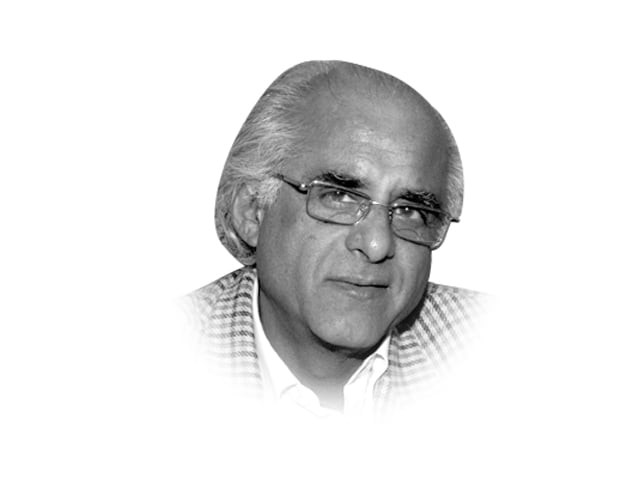Myth of the Silk Road — II
No silk ever came from China to India through Hunza and Gilgit, the Karakoram Highway is not part of the Silk Route.

Myth of the Silk Road — II
That being settled, it has to be said that the point of the piece in question was lost on these persons. The point I was making was that no silk ever came from China to India by the road through Hunza and Gilgit. The fact is that when the Karakoram Highway was first opened back in the late 1970s, it was indeed billed as the Silk Road. No surprise then that we have a ‘Silk Road’ hotel in Gulmit (plus a couple more elsewhere along the road) and we have a bus service of the same name that does not cross the border into China.
If one were to find Pakistan Tourism Development Corporation brochures from those early days, one would see how the road was being marketed. That the road was a marvel of engineering, dedication and hard work was but a footnote. The information that the building of this fabulous connection, through very difficult terrain under extreme weather conditions — a feat that had cost many lives, both Chinese and Pakistani — was tucked away somewhere instead of being highlighted. The brochures harped on the non-existent silk trade of the road.
For good measure, they even dragged in old Marco Polo. No surprise then that the manager of Marco Polo Inn (again in Gulmit) shared a nugget with me in 1997: Mr Polo was an Englishman who had visited Gulmit in 1860 or thereabouts. While sojourning here, he invented the game of (what else) polo!
In China, the Silk Road trifurcated at Anxi (120 km northeast of Dunhuang). The northern branch passed through Turfan and Kulja (Yining on modern maps) to Khojand (Tajikistan). From Anxi, the other branch made Dunhuang where it further bifurcated. Of these, the central went west to Aqsu (Aksu) en route to Kashgar. The southern route swung southwest from Dunhuang and also made Kashgar by way of Khotan, Karghalik and Yarkand.
Meeting again at Kashgar the two roads then proceeded to unite with the northern branch of the Silk Road at Khojand. Thence onward to the fabled cities of Samarqand and Balkh, Seleucia and Byzantium. And, oh, what a journey it must have been! Nowhere along this great expanse did a branch take off to bring silk, I repeat, to bring silk into the subcontinent by way of Hunza and Gilgit.
There is no denying that one minor road connected Hunza with Kashgar. Until very recent times, in fact, until as recently as 1947, Hunza did look northward to Chinese Turkestan as its closest cultural partner. The road north from Hunza did not go by way of the Khunjerab Pass, however. It went by the pretty little village of Misgar (which has the oldest post office in the entire Gilgit-Baltistan region dating to the 1890s) through the breathtaking beauty of pastures with poetic names like Ronhil, Potehil and Yaram Goz, up over the 4,684 metre-high Mintaka Pass on its way to Tashkurghan.
Even if the road passed through scenery that is beautiful enough to cause heartache, it was not a conduit for silk. Dr Harald Hauptmann, the current master of the rock art in this region, recently confirmed to a friend of mine that there is no evidence whatsoever of silk ever being traded this way.
The silk in India mostly came through China’s Yunnan province of China and through Myanmar. But in 1925, a young hill walker freewheeling around the Karakoram Pass connecting Khotan with Leh and Srinagar saw a large quantity of bolts of silk stored in an inn. Though the Leh-Khotan-Yarkand route was a very busy trade route, this was the first evidence of silk passing this way. Perhaps silk being a common commodity coming this way, earlier local travellers never considered it noteworthy enough to comment on it.
Published in The Express Tribune, July 9th, 2011.














COMMENTS
Comments are moderated and generally will be posted if they are on-topic and not abusive.
For more information, please see our Comments FAQ